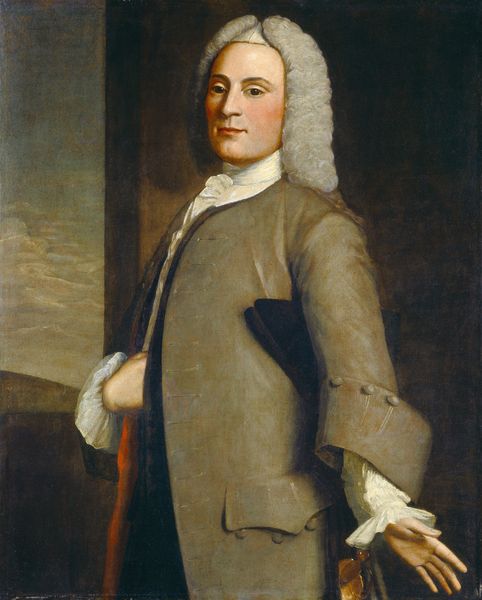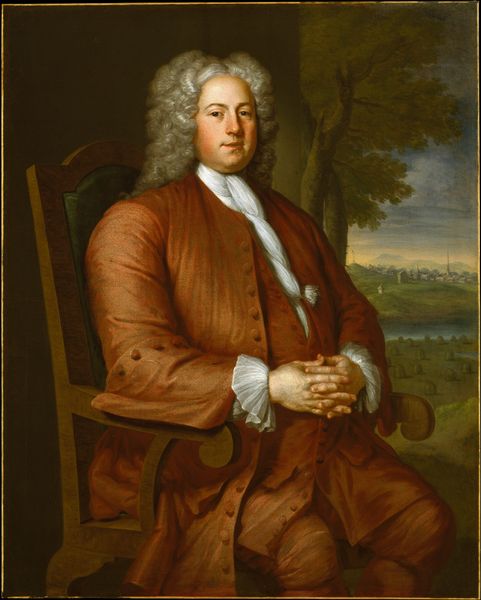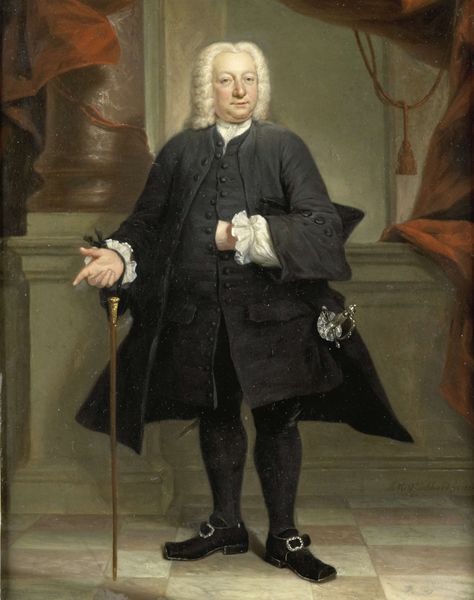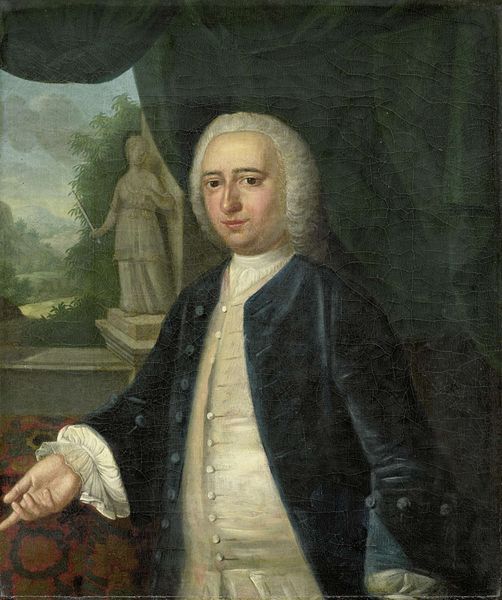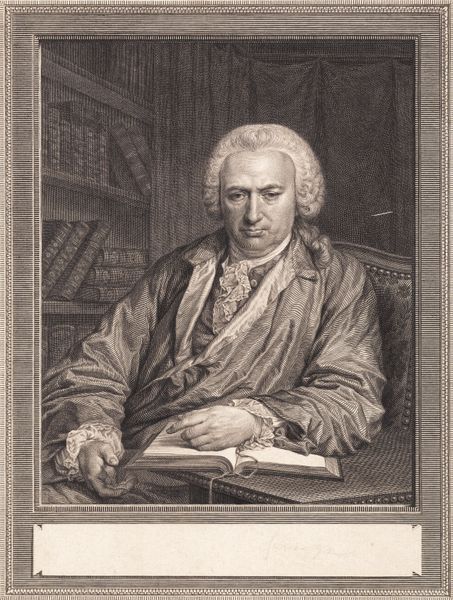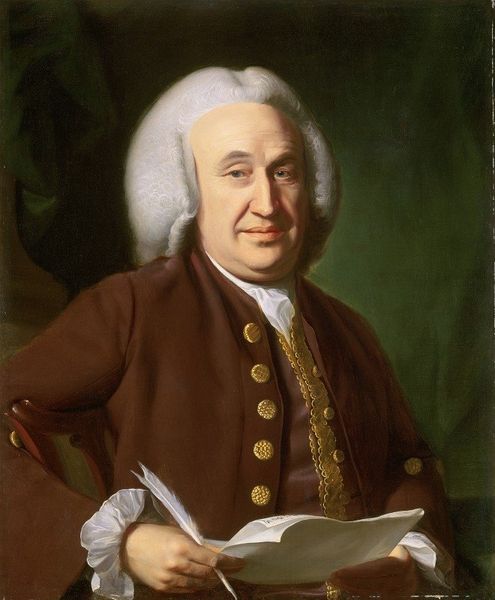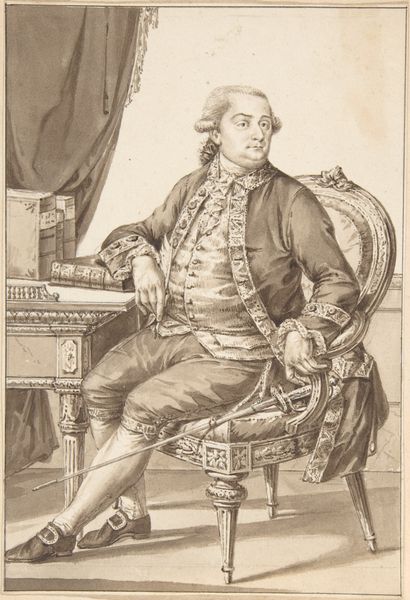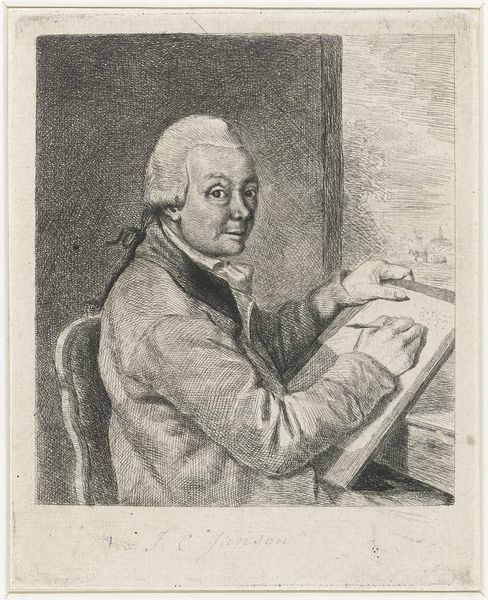
Portrait of Dr. Benjamin Hoadly 1738
0:00
0:00
williamhogarth
Fitzwilliam Museum (University of Cambridge), Cambridge, UK
painting, oil-paint
#
portrait
#
baroque
#
painting
#
oil-paint
#
oil painting
#
academic-art
Dimensions: 60.7 x 47.9 cm
Copyright: Public domain
Editor: This is William Hogarth's 1738 "Portrait of Dr. Benjamin Hoadly," an oil painting with warm browns dominating the palette. There's a bust of Newton on the wall. I get a real sense of the sitter's intellectual world, but it also feels very formal and a little stiff. What's your take on it? Curator: I see it as a potent commentary on power and representation in the 18th century. Consider Hogarth's broader body of work, his engagement with social issues. What does it mean to depict Hoadly, a controversial religious figure known for his advocacy of religious tolerance, surrounded by symbols of enlightenment like Newton? Editor: So it's not just a straightforward portrait of an important guy? Curator: Precisely. Think about the societal context: debates about religious authority, the rise of scientific reasoning. Hogarth places Hoadly within this framework. Does the painting subtly champion Hoadly's progressive views, or perhaps critique the very structures of power he operates within? Is he an icon of progress or is he another face in the power structure? Editor: That’s a good question. I guess the inclusion of Newton could symbolize rational thought challenging religious dogma. Curator: And how does Hogarth's technique contribute to this narrative? Notice the carefully rendered textures, the deliberate composition. Nothing is accidental. It all serves to communicate meaning. What message about status does Hoadly's attire communicate to his peers in London? Editor: Now that you mention it, even the placement of the bust feels deliberate, adding another layer of interpretation. Thanks for pointing out the importance of societal context. It has me looking at it in a new light. Curator: Absolutely! Exploring the intersection of art, history, and social movements helps us understand these artworks and their continued relevance.
Comments
No comments
Be the first to comment and join the conversation on the ultimate creative platform.
